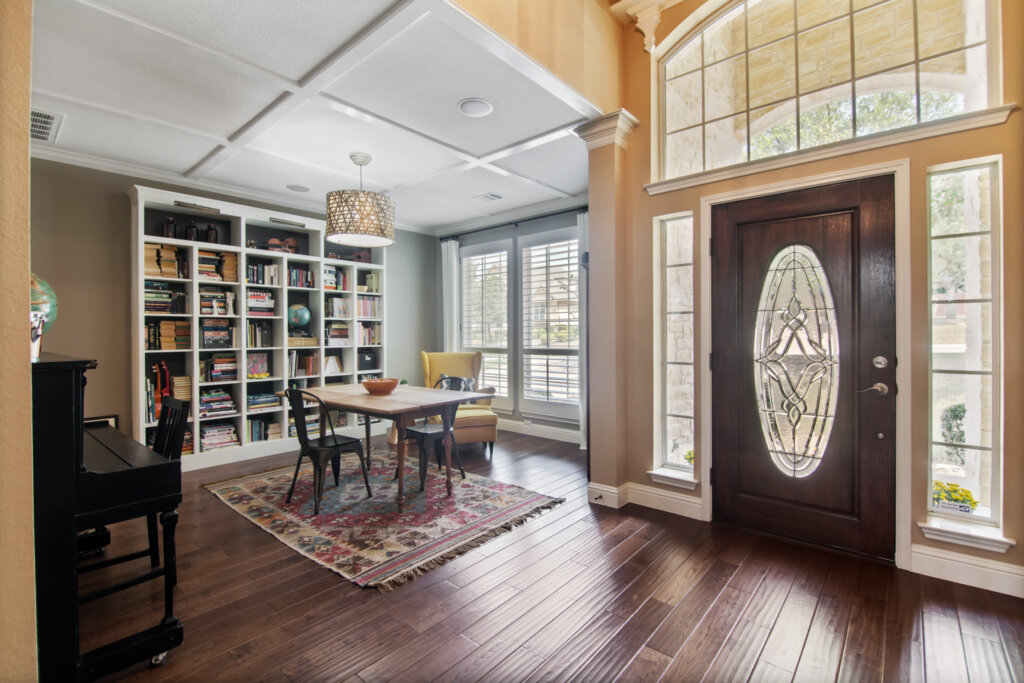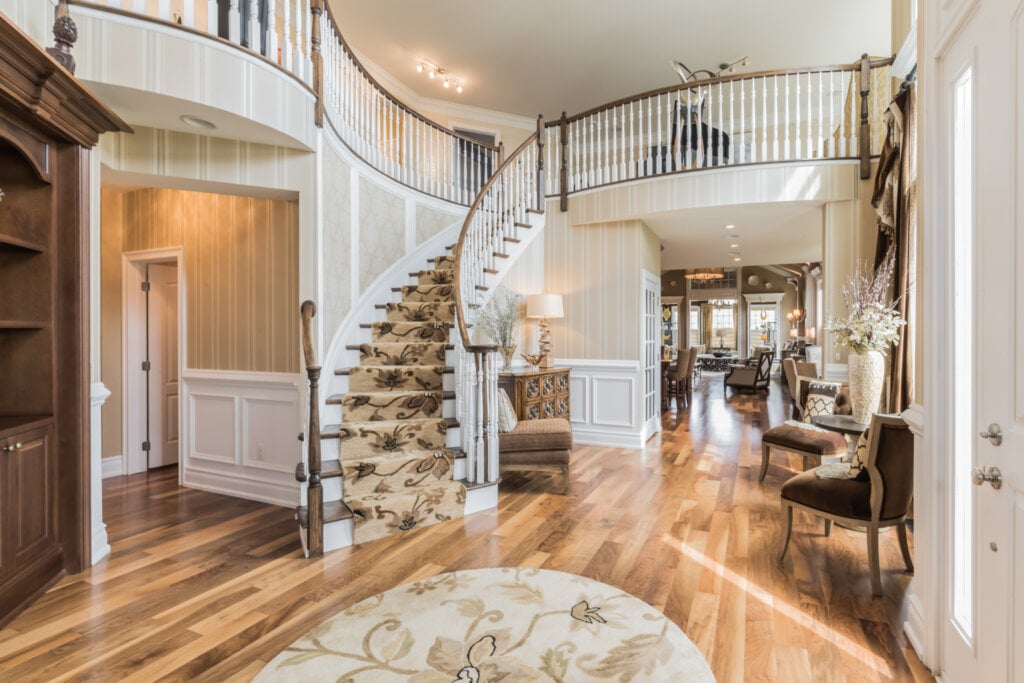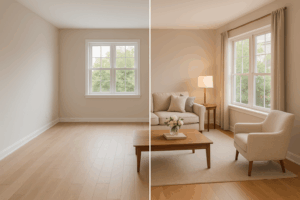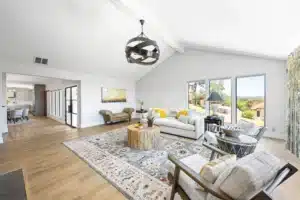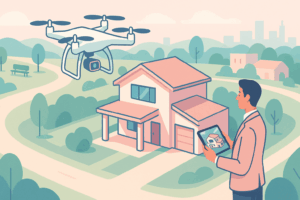It wasn’t that long ago that the only photos a prospective real estate client might see were a handful of small, often indistinct, snaps on a hard paper copy of a listing. Today the internet is full of agent specific sites, like Zillow, where buyers can see numerous shots of a listing. And because they have the ability to really zoom in on details, it’s more important than ever that real estate listings have high quality real estate photography to entice potential clients to look further.
RIS Media reports that homes with only one photograph average 70 days on the market while those with 20 or more photos average only 32 days. They also found that homes using high quality photography sell 32% faster and for houses above $200,000 those high quality photos can increase the selling price of a home.
Real estate agents can certainly take photographs on their phone, but one of the biggest mistakes agents make is in not hiring a professional to take the highest quality photos to represent a listing. This not only saves the agent time they could be spending developing listings or showing houses, but the money spent on training and equipment that taking quality photos would cost.
Whether you’re an agent trying to develop your photographic eye, or a professional real estate photographer honing your skills, there are some basic mistakes you can avoid that will cost listings to lag.
- Light it right: Most professionals suggest that you maximize natural lighting by opening all shades and turning off artificial lighting. Different types of lighting create different hues of color that make a photo look uneven. Professionals can use photo editing to correct lighting and often have the filters necessary to help reduce variances in warmth, but ambient lighting in combination with proper use of flash can often do the trick. Try using no flash at first, but if dark corners remain, use a flash that is aimed at a wall or ceiling as reflected light creates a more natural diffusion.
- Be prepared: The most important part of photo preparation is to let homeowners know in advance how they should prepare the property for photos. Having a prepared list you can offer with tips on how to ready the property will help both you and the homeowner. You can suggest making all beds, opening all blinds, clearing clutter, cleaning floors, etc. You, too, should come prepared with a standard shot list to go over with the client.
- Use the right lens: Wider shots are usually better when it comes to bedrooms and living areas, but you can go too wide. Fish eye lenses tend to create distortions that are difficult to correct with editing software and make the final image less appealing. Professionals recommend a maximum 10mm lens with a cropped sensor camera or 16mm if you’re using a full sensor camera.
- Keep lines straight: Horizontal and vertical lines that are skewed create odd imbalances in photos. One way to avoid this is to be sure that your camera is perfectly level when you take the shot. This can be facilitated by a tripod or other stand. Consider, as you’re framing the shot, whether there are lines off the horizontal and vertical marks that might skew the balance of your composition. You can use editing programs to correct lines after the fact if you have the necessary skills.
- Maximize your process: Most clients are looking for clear professional photos rather than artwork, so if you edit photos don’t waste time on each individual photograph. Save editing settings that can be applied to batches of photos to save yourself time. And while you’re at it, be sure you know platform requirements before you start shooting. If a site wants 15 photos, you don’t want to have to go back to get the ones you missed. Finally, ask for feedback from your client, both on quality and process. The more you consider their needs the more satisfied they and future clients will be.
These simple practices can help you get those stunning photos that make houses sell faster and for more money. So whether you’re an agent or a professional, spending a little time developing your process can help you avoid mistakes that cost!
—
Ivan Young is a writer for Bauhaus 2 Your House, a designer furniture retailer.

